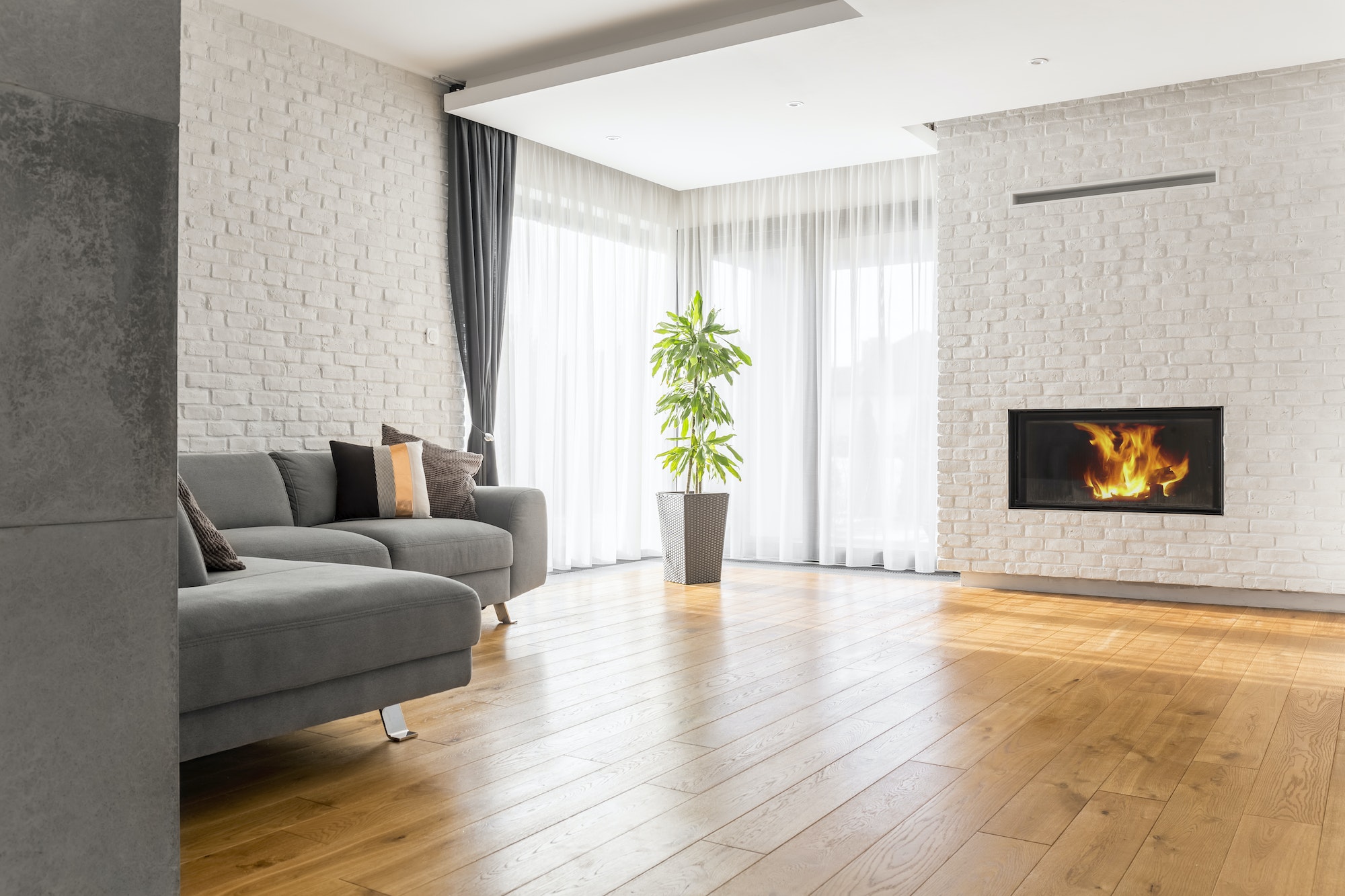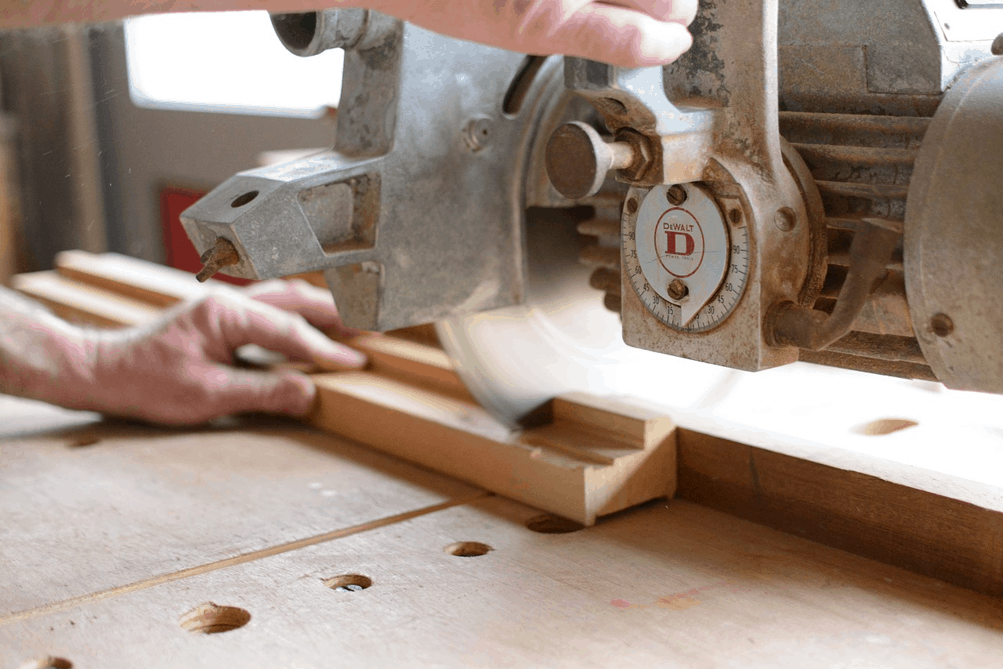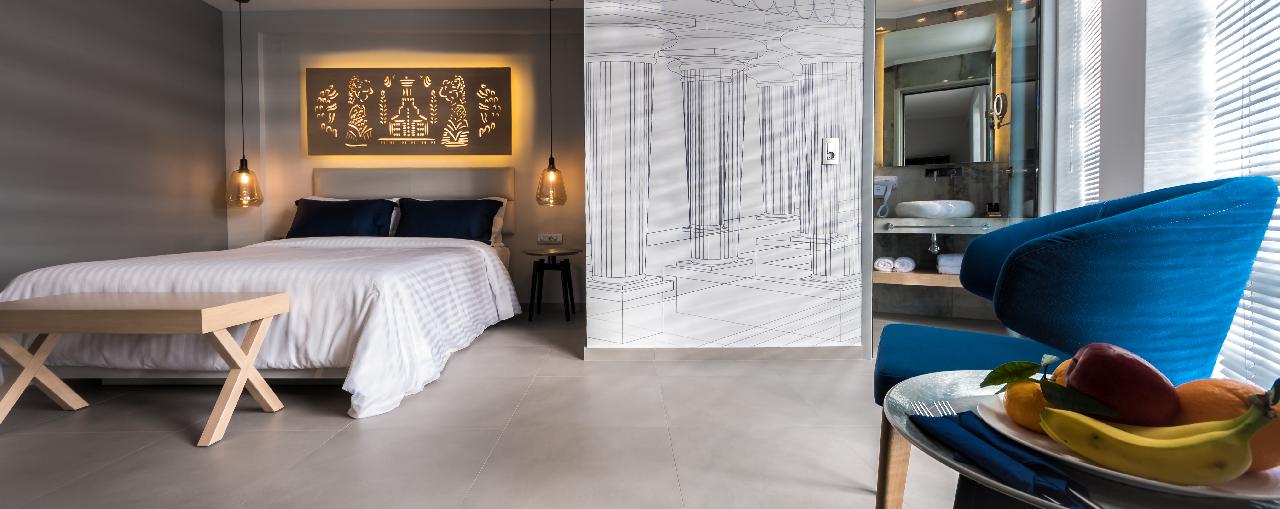Your home’s floor is a critical priority. It not only makes the space look better but also affects the health and comfort of your family. Choose a material that suits your needs, lifestyle, and budget. However, the option will also indirectly influence energy consumption, air quality, and the property’s resale value. When selecting, key considerations include:
Durability and Maintenance
Consider the maintenance needs, repair budget, and long-term costs for replacing the flooring material. Does it require a lot of attention to stay in good shape? Do you have to reseal often, replace sections, or repaint every few years? Keep in mind the wear and tear of everyday life. Is the material prone to scratches, dents, or spills? Natural materials may be more durable, such as stone, tile, or hardwood.
Hardwood floors will enhance the home’s look, are easy to clean, maintain better air quality, and the colors don’t fade. The material is ideal for both modern, contemporary, and traditional decor. Consult a hardwood floor installation expert if you’re considering this option. They’ll advise on the best type of wood, cost, and installation techniques.
Comfort
The floor should be comfortable to walk on, have adequate cushioning, and should not be slippery. It should also retain warmth during winter and stay cool on hot summer days. Soft surfaces like carpets, rugs, and cork are the most comfortable. They also reduce noise levels and provide insulation.
However, carpets and rugs may trap dust, pollen, and other allergens. Use them as temporary coverings for hardwood floors, tile, and concrete. Go for water-resistant materials in bathrooms, kitchens, and other areas where water spills happen often. There’s also the danger of slip and fall accidents in these places. Choose options with a high coefficient of friction (COF) that limit slips, offer good grip, and can withstand moisture.
Cost
The cost of buying and installing a floor will depend on the type of material you choose. Generally, carpets are cheaper than hardwood but need more maintenance and don’t last long. Ceramic and porcelain tiles are affordable and versatile. Natural stone floors such as marble, granite, or slate are more expensive but last centuries if taken care of. Don’t look at the immediate cost but rather the lifetime cost. Research on environmentally friendly materials that have less wear and tear over the years.
Energy Efficiency
In recent years, energy efficiency has become a significant factor when choosing flooring materials. Floors are a buffer between outside and indoor temperatures. Choosing a flooring material with good insulation properties will ensure your home stays warmer in winter and cooler in summer. A material that loses heat quickly will make you spend more on utility bills.
Consider the area’s climate first. If it experiences prolonged cold temperatures, pick flooring materials with better thermal insulation. Choosing one that doesn’t absorb too much heat is better in temperate weather.
Style
Do you want a sophisticated look that adds elegance to your home, or a casual look that creates a more relaxed atmosphere? Choose a flooring material that will match the overall theme and reflect your style. For instance, there are better choices than carpets or rugs for a minimalistic look. A hardwood will fit better.
For an open space, think about the color and texture. A light shade will make the area look bigger and brighter. The flooring finish should also complement the furniture and accessories. However, consider the style of the different homes in the neighborhood and ensure your choice suits the environment and trends. It will make it easier to sell in the future.
Available Space
The size and shape of the room are critical considerations when selecting flooring. For example, choose materials to make it look more expansive if you have a long, narrow room. A dark tone can make the space look smaller, while a light one makes it appear larger. Also, choose flooring materials with smaller patterns for a small room. Go for more intricate designs for large rooms to create a more exciting space.
These are the most significant factors to consider when choosing flooring materials. With the correct information, you’ll end up with an option that looks good, lasts long, and is easy to maintain. It’s worth taking the time to consult an expert to ensure that you make the best decision for your long-term needs.
Discover more from Futurist Architecture
Subscribe to get the latest posts sent to your email.



